INTRODUCTION
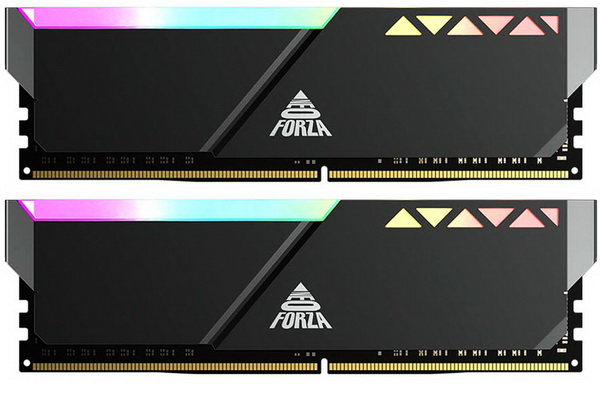
Due to several early development issues DDR5 RAM may not have had the most successful introduction in the consumer market but almost a year later and with new motherboard chipsets on the way by both Intel and AMD (not to mention DDR5 chips) this is all but a bad memory. However, with most manufacturers still focusing their resources in the development and production of mid-end DDR5 RAM kits with frequencies well below 6GHz demanding users (mostly enthusiasts, gamers and professionals) don't really have a large selection of high-end kits to choose from. On top of that severe DDR5 RAM chip shortages earlier this year have further limited the number of high-end kits available in the market. Fortunately, there are manufacturers who are just now entering the DDR5 market with new high-end kits and the TRINITY RGB 32GB DDR5 6400MHz CL40 Dual-Channel Kit by Neo Forza is among them.
We are a professional team, studying in computer memory and storage devices industry for more than 10 years. In order to meet the rising demand on speed and capacity of the high-end gaming market players, we created Neo Forza, a new generation of ultra-standard overclocking module, SSD and other related storage device designing brand. Neo represents from virtual to reality, showing our core value for product innovation. Forza shows our strength and determination to meet gamers every need. Neo Forza possess strong resources, focus on core technology. From research & design, specific production to exceed the testing benchmark; Neo Forza keep pushing over technical boundary, providing top-notch performance and quality, providing gamers / game players extraordinary using experience.
The TRINITY RGB series of DDR5 RAM by Neo Forza is currently available in two colors (black and frost white) and includes both dual (2x16/32/64GB) and quad (4x32GB) channel kits. Neo Forza currently has numerous such kits available (16 listed online) with frequencies going all the way up to 6800MHz (5200/5600/6000/6400/6600/6800MHz), timings as low as CL30 (5600/6000MHz CL30 - 6400/6600/6800MHz CL32 - 6400MHZ CL36 - 5600/6000/6400MHZ CL40 - 5200/6400/6600MHZ CL42) and voltages ranging from 1.2V and all the way up to 1.45V (5600MHz 1.2V - 5600MHz 1.25V - 5600/6000MHz 1.3V - 5200MHz 1.35V - 6000/6400/6600MHz 1.4V - 6400/6600/6800MHz 1.45V). Neo Forza has also equipped each TRINITY RGB module with multiple layer PCBs (up to 12) and a total of 8 ARGB LEDs (underneath a plastic bar at the top) which are compatible with all the major RGB sync technologies (ASUS Aura Sync, GIGABYTE RGB FUSION, MSI Mystic Light and ASRock Polychrome Sync). As for the 32GB 6400MHz CL40 dual-channel kit that i have here it's based on SK Hynix M-Die which is currently considered by many to be the best in terms of overclocking potential. Finally, as with many of their other RAM lines the TRINITY RGB DDR5 line is covered by a limited lifetime warranty.
SPECIFICATIONS AND FEATURES

THE TRINITY RGB 32GB DDR5 6400MHZ CL40
This time over Neo Forza has used a small box to ship their kit in the front of which is taken by a large product picture, their logo, kit capacity and speed and logos of all supported RGB sync technologies.
A small clear plastic opening at the rear located just over 3 product feature drawings allows you to see the stickers of both RAM modules.
Just the 2 TRINITY RGB modules are located inside the box (the forged aluminum heatspreaders feature a black matte coating).
On the other side of both modules, we find a sticker which includes information about the modules like frequency, timings and voltage.
Top to bottom the TRINITY RGB DDR5 modules measure 39.8mm (here you can see them right next to the Neo Forza ARES DDR4 - review soon - and the Kingston FURY DDR4 - review soon - modules).
At the top of the modules, we find a plastic bar underneath which Neo Forza has placed 8 ARGB LEDs.
The ARGB effects look nice, yes, not unique but they look nice.
Unfortunately Thaiphoon Burner seems to not be compatible with DDR5 modules (or this kit specifically).
TEST BED
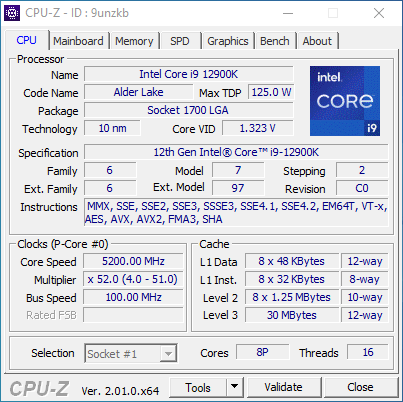

TESTING METHODOLOGY

Thanks to XMP (2.0/3.0) profiles the only thing one needs to do in order to run this RAM kit at its advertised frequency, timings and voltages is to choose/enable it from within the BIOS and reboot. That being said if you're into overclocking you may not wish to use the main XMP profile but instead to choose your very own frequency, timings and voltages to achieve even higher performance numbers and that's exactly what we'll also be doing during our DDR4 tests. To be more specific aside testing each kit with its XMP profile we will also be upping the voltages (up to 1.4V max – even though most kits can function at higher voltages I don’t recommend doing so / RAM modules that use 1.4V/1.45V/1.5V will be tested up to 1.45V/1.5V/1.55V respectively) and frequencies (200MHZ increments) until i find the maximum achievable stable frequency. I also thought about upping voltages and reducing timings instead of increasing the frequency of the modules as high as it can go (always stable and without using 0.5-1V over stock) but the end results are pretty much identical.
As for the how I'll be testing each DDR4/DDR5 Quad/Dual-Kit to arrive in the lab well there aren't that many benchmark programs that only test RAM (or at least RAM and CPU without anything else coming into play) but I’ve got most of them and so you will be seeing results from following benchmarking programs****, AIDA64 Engineer Edition, Cinebench Release 20, MaxMemm2, Passmark Performance Test (v9 for DDR4 and v10 for DDR5 tests), Sisoftware Sandra Titanium and WPrime v1.55. All tests are performed on a fresh Windows 10 Pro installation (complete with all updates until the day of this review) and are repeated a total of 6 times after which the average numbers get recorded into the charts.
* In addition to Quad-Channel tests since March 2020 I’ll also be using the brand new I9-9900K+Z390 DARK test rig (check above) for Dual-Channel RAM tests.
** Since May 2020 three game benchmarks (Assassin’s Creed Odyssey, GEARS 5 and Metro Exodus tested on the X299 system at 1080p resolution and with the ASUS ROG RTX2060 OC set at Gaming Mode) have also been added in the charts.
*** In September 2021 i replaced the Intel I9-9900K+Z390 DARK test rig for a brand new Intel I9-11900K+Z590 DARK one (you can access all the Z390 DARK based tests here).
**** For DDR5 tests I’m using the Intel Core I9-12900K (E-Cores Off / RING 4.9GHz) and in order to showcase potential gains between stock and overclocked clocks/frequencies I’ll also be using Forza Horizon 5 (1080p/Extreme Graphics).
TEST RESULTS - XMP PROFILE / DUAL CHANNEL
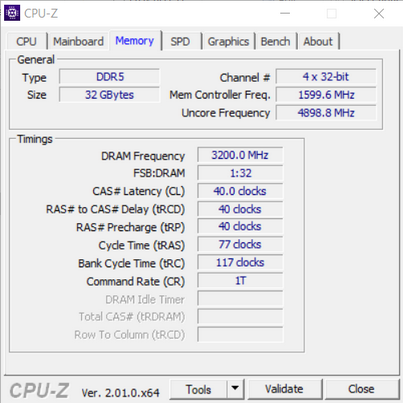



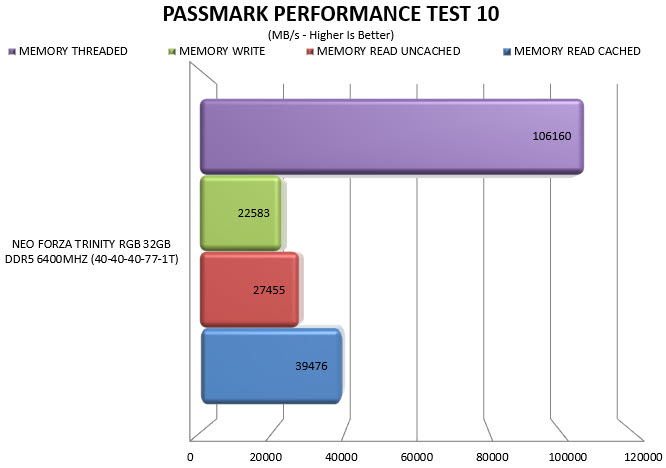


TEST RESULTS - OVERCLOCK / DUAL CHANNEL
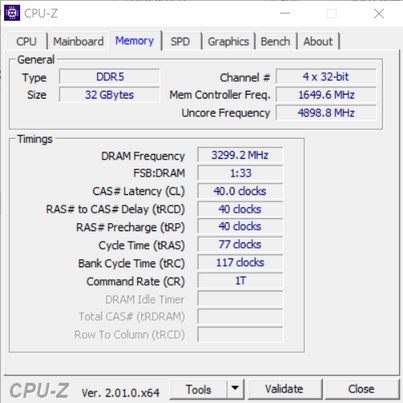






TEST RESULTS – FORZA HORIZON 5

CONCLUSION
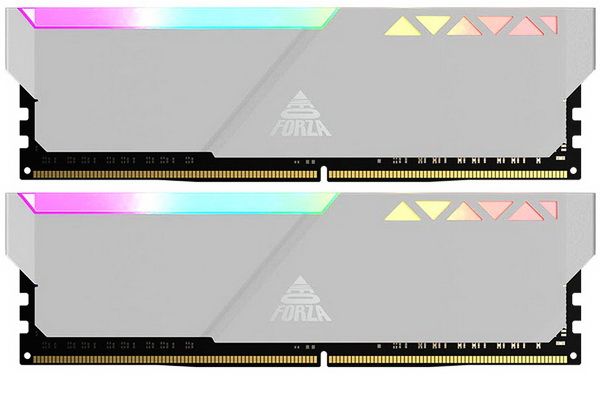
Mainly because of its very high CAS latency DDR5 is not worlds apart compared to DDR4 so it’s certainly not a reason as to why I’d move from a high-end DDR4 based motherboard system (like the Z590 or the X570) to the Z690 (or all the models nearly here). For people however who have something less powerful (or even an older DDR3 system) the gains are obvious, especially when using a very fast 6GHz+ kit like this one. Indeed, performance is extremely good at stock clocks and even though I was unable to climb to well over 6600MHz (1.43V for 6600MHz, at even 1.5V however I couldn’t hit 6800MHz and just to be certain temperatures wasn’t the issue I even added an Noctua Industrial-PPC 3000RPM fan right over the modules) even that is plenty. Still, you can’t expect large gains in games by overclocking your RAM (as evident by benchmarking Forza Horizon 5 - still not all graphics engines may scale the same way) so in my opinion it would be best to stick to 6400MHz (less voltage, less temperatures, higher system stability).
At the time of this review the TRINITY RGB 32GB DDR5 6400MHz CL40 Dual-Channel kit by Neo Forza retails for USD299.99 inside the USA (Newegg.com) and for roughly 320Euros inside the EU, a price tag which although may not be considered as affordable by many is still roughly 10% less compared to what the competition currently asks for similar kits. Now since the TRINITY RGB was the very first kit to arrive in the lab, I can’t really compare it to other models so until I do one thing I know for certain, this is a very fast kit that looks nice and is available in numerous capacities and specifications and for all of that it deserves the Platinum Award.

PROS
- Build Quality (12 Layer PCB)
- Top Of The Charts Performance (6400MHz CL40 - Up To 6800MHz CL32)
- ARGB Lighting (8 LEDs)
- Thin Heatspreaders
- Available In Black & White Colors
- Available Kits
- Limited Lifetime Warranty
CONS
- Current Availability
- Price (For some)

 O-Sense
O-Sense
















.png)

